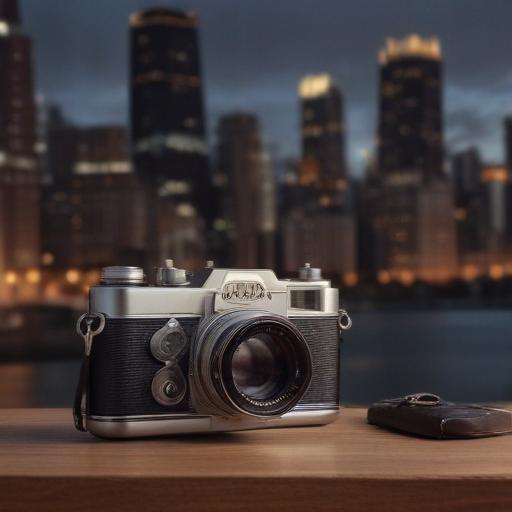This summer marks 20 years since Christopher Nolan reshaped superhero cinema with Batman Begins, the first chapter in his Dark Knight trilogy. While Batman is a fictional DC Comics icon, the character’s screen presence has become a lasting influence on audiences, and Chicago has a special place in that legacy.
Batman Begins, released in 2005, introduced Christian Bale as Bruce Wayne and drew scenes across Iceland, England and Chicago in 2004. What started as a short Chicago shoot grew into a deeper love for the city: Nolan extended filming time after a convincing encounter with the local landscape and people, spending three weeks in Chicago. One memorable sequence captures a four-minute Batmobile chase along Lower Wacker Drive, a location Nolan would again feature in The Dark Knight, cementing Chicago’s connection to Gotham on screen.
The pursuit of a sequel brought a new wave of collaboration between Warner Bros., city officials, and Nolan. In late 2006, Warner Bros. reached out to the Chicago Film Office to discuss bringing The Dark Knight to the city. That conversation, alongside support from then-mayor Richard M. Daley, underscored the city’s commitment to making it work. When the project moved forward, Nolan returned to Chicago and transformed it into Gotham City on a larger scale. He aimed to widen the film’s scope—from a city story to a crime epic—and the stunt-filled production followed.
Production for The Dark Knight unfolded over three months in 2007, with several iconic moments filmed on Chicago’s streets and rooftops. The opening bank robbery and escape sequence took place at the historic Old Chicago Main Post Office. Bale’s Batman also stood watch atop Willis Tower, and the LaSalle Street stunt—an 18-wheeler flipped end over end while being restrained by a Batmobile cable—became one of the film’s most daring moments. In another standout shot, the Joker’s hospital explosion was set at a former Brach’s candy factory building slated for demolition.
A standout note from the era is the extended Lower Wacker Drive chase, which Nolan later expanded for The Dark Knight. The production’s bold stunts and city-wide scale helped redefine Chicago as a practical Gotham, a point echoed by Rich Moskal, then head of the Chicago Film Office, who recalled the city’s strong collaboration and the sense that this was a transformative moment for Chicago’s film industry.
Before settling on Chicago, Nolan considered New York as a potential Gotham, a city long tied to the Batman mythos. Although New York carried the Gotham label in public imagination, securing enough closed streets proved more challenging than anticipated, and Chicago ultimately became the city that could deliver the cinematic Gotham Nolan envisioned.
The broader city history around film also matters. Chicago’s approach to filmmaking evolved over decades: former Mayor Richard J. Daley had been wary of Hollywood productions during his tenure, but his successors helped cultivate a more filmmaking-friendly environment. Jane Byrne, who became mayor in 1979, pushed for more shootings in the city, a path continued by later mayors who supported big productions. The result has been a steady rise in the city’s film and television projects, a trend that gained significant momentum after Nolan’s visits.
Economically, the impact is clear. In 2008, Illinois’ film industry generated about $141 million; the following year, the figure rose to roughly $351 million. Rich Moskal credits much of that growth to the surge of productions and to Nolan’s high-profile work in the city, noting that The Dark Knight helped showcase Chicago to global audiences and to filmmakers alike.
In sum, Chicago’s collaboration with Nolan helped redefine how a city can serve as a cinematic backdrop while simultaneously boosting local industry and talent. The Dark Knight era significantly elevated Chicago’s profile and reinforced the city’s status as a hub for major productions.
Additional value and context:
– The Batman film shoots provided opportunities for local crews, vendors and service industries, contributing to long-term growth in Chicago’s filmmaking ecosystem.
– The city’s iconic locations—Lower Wacker Drive, Willis Tower and other urban settings—continue to attract filmmakers seeking a real-world, recognizably Gotham atmosphere.
– The ongoing success of Illinois’ film and TV sectors suggests continued opportunities for local workers and businesses as studios look for reliable production partners across the region.
Summary: A two-decade arc shows how Nolan’s Batman films transformed Chicago into cinematic Gotham, catalyzing a lasting boost to the city’s film industry and leaving a legacy of iconic scenes that still resonate with audiences worldwide. A hopeful takeaway is that Chicago remains a compelling, adaptable home for big-screen storytelling and a thriving center for local filmmaking talent.
